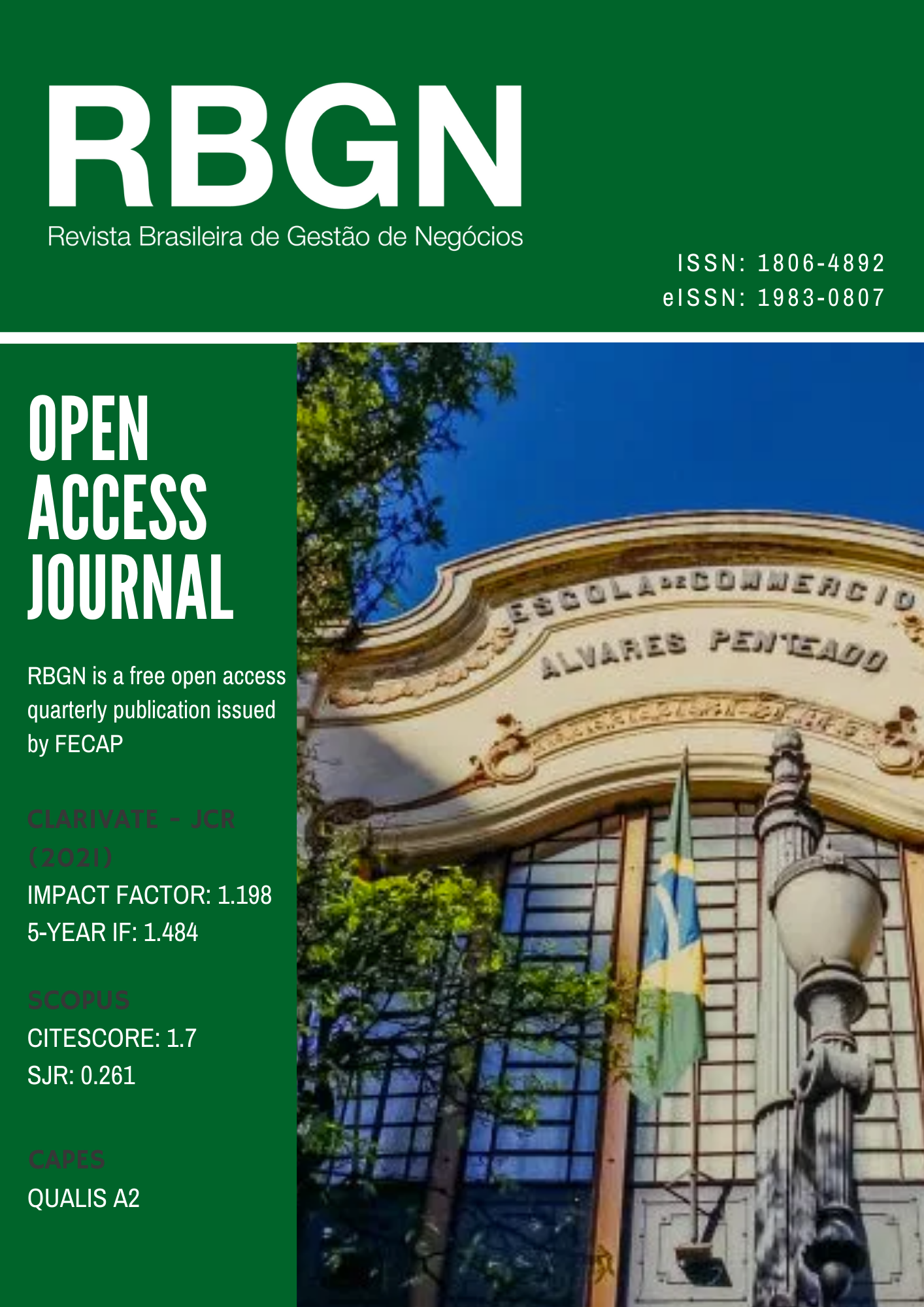Abstract
Purpose – The primary purpose of this paper is to show that to renew static innovative capabilities, a subsidiary needs to have a flexible design to support exploitation-exploration innovation and external embeddedness as a source of new knowledge.
Theoretical framework – We combine organizational structure, organizational innovation, contextual ambidexterity, and network theory to investigate how innovative capabilities can be built in foreign subsidiaries operating in Brazil.
Design/methodology/approach – Data were collected from foreign subsidiaries installed in Brazil through a survey of 289 valid respondents. We used the PLS-SEM technique to test relationships involving flexible structure, contextual ambidexterity, external embeddedness, and innovative capabilities to run a moderate-mediate model.
Findings – The evidence indicates that a flexible structure, contextual ambidexterity as a dynamic capability, and external embeddedness are relevant elements for renewing a subsidiary’s innovative capabilities. The findings suggest that external embeddedness is a crucial knowledge source, depending on the trust and commitment at the network level. High external embeddedness enables the subsidiary to achieve optimized levels of exploration and exploitation, helping in the renewal of innovative capabilities.
Practical & social implications of research – We provide managers with information on developing and renewing innovative capabilities by creating a flexible design that facilitates the acquisition of unique network resources and allows contextual ambidexterity as a dynamic capability to reconfigure and transform innovative capabilities.
Originality/value – The article contributes to the strategic management and capability-based view of MNE subsidiaries literature. We introduce the construct of a flexible organizational structure, which combines organizational structure theory and organizational innovation characteristics. We show that a flexible design is essential to build a trustful local network and implement contextual ambidexterity as a dynamic capability to renew innovative subsidiary capabilities.
Keywords: Organizational structure, organizational innovation, contextual ambidexterity, external embeddedness, innovative capabilities.
If a paper is approved for publication, its copyright has to be transferred by the author(s) to the Review of Business Management – RBGN.
Accordingly, authors are REQUIRED to send RBGN a duly completed and signed Copyright Transfer Form. Please refer to the following template: [Copyright Transfer]
The conditions set out by the Copyright Transfer Form state that the Review of Business Management – RBGN owns, free of charge and permanently, the copyright of the papers it publishes. Although the authors are required to sign the Copyright Transfer Form, RBGN allows authors to hold and use their own copyright without restrictions.
The texts published by RBGN are the sole responsibility of their authors.
The review has adopted the CC-BY Creative Commons Attribution 4.0 allowing redistribution and reuse of papers on condition that the authorship is properly credited.


